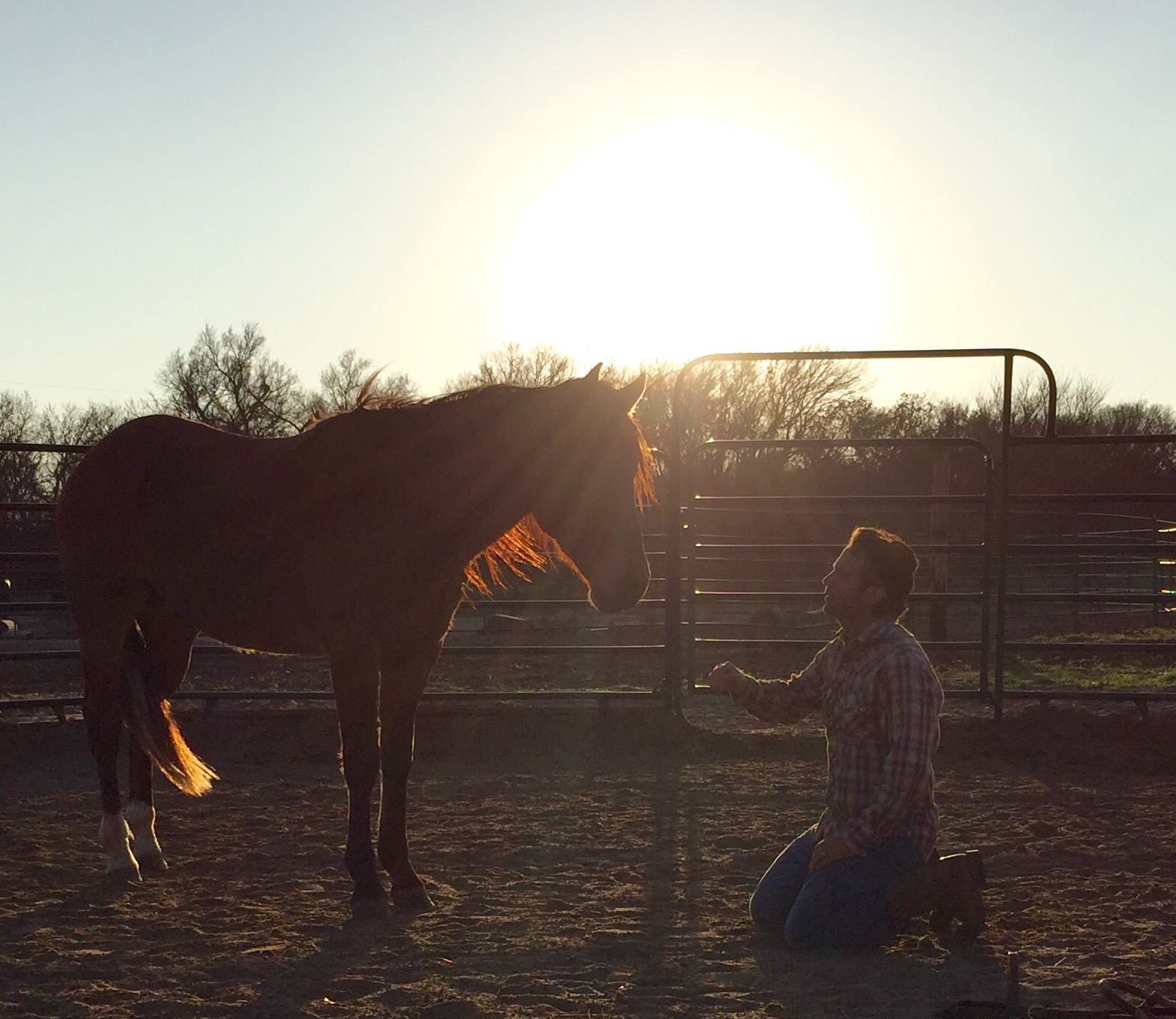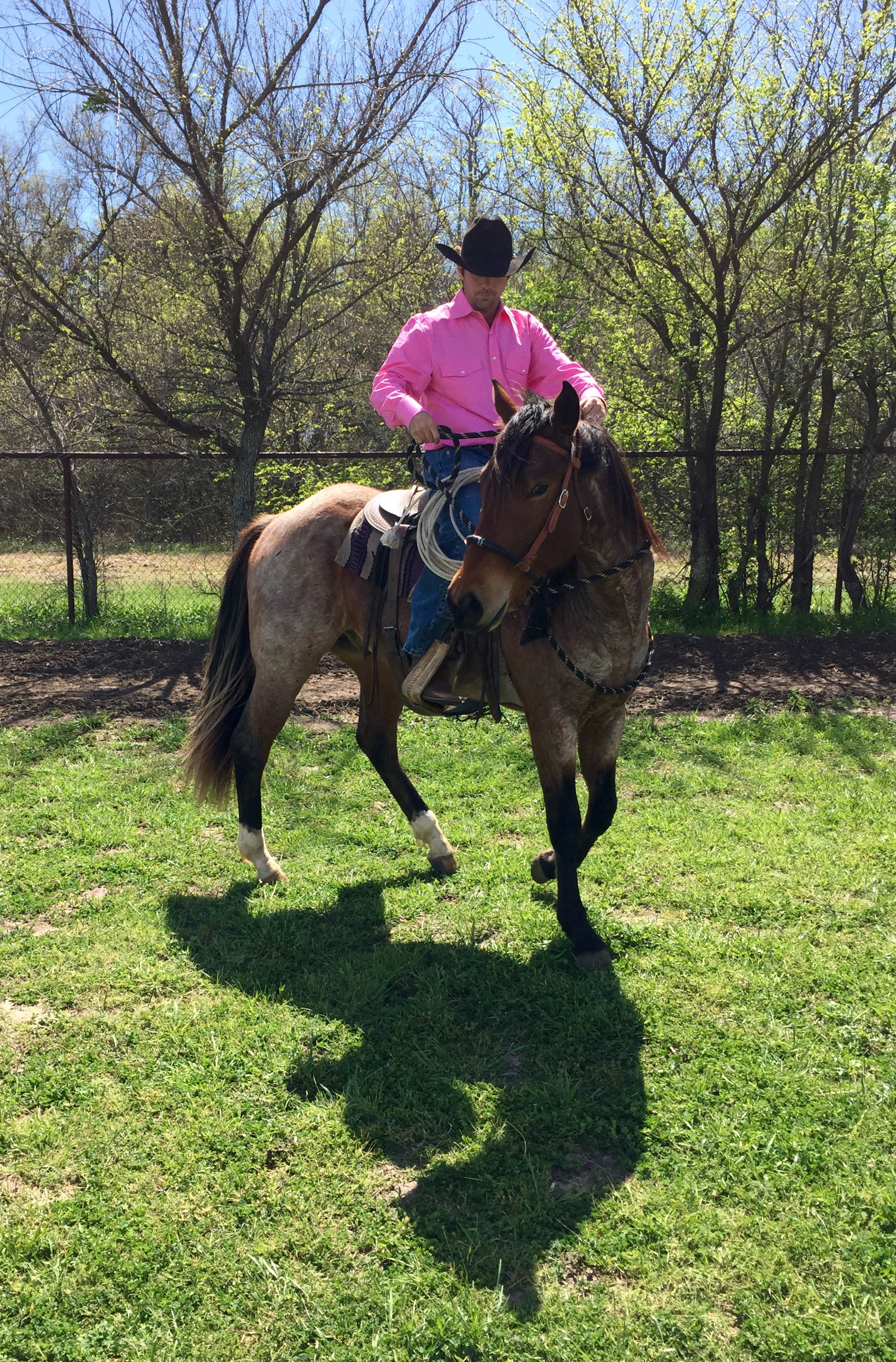HOME
The Natural Horseman – Spring Came Early
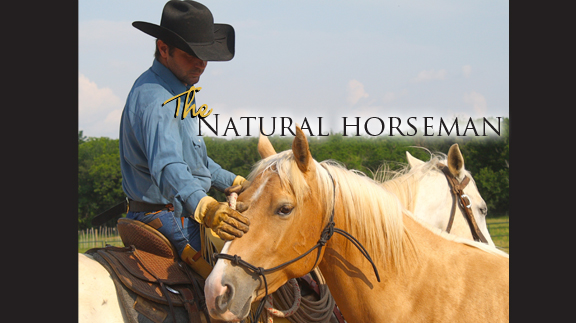
By Steve Stevens
Wow, for the most part, the weather has been amazing lately. It was weird having spring-like weather in early March, but we are grateful for it. Other than the five days of straight rain a couple of weeks ago, it has been pretty nice and when you are a horse trainer by trade without an indoor arena, nice weather is always appreciated. We have been trying to get caught up this week.
Amanda has pretty much recovered from her first reconstruction surgery. We were excited about her doing the surgery because it is the final step after beating breast cancer, but the surgery was a little tougher than we thought. She also got a severe blood clot about a week after her surgery, which really set us back. So I was training horses, taking care of the kids and doing my best to take care of my wife.
What we do for a living—working primarily with colts and problem horses can be hard enough when everything is perfect, but when you throw in all of the above it can be quite trying. That is why, when working with the horses when I am tired, stressed, and my mind is on everything else, it is so important for me to focus. I need to make sure I am as connected as I can get with the horses. It is often just that one movement that can be the difference between a broken foot or having a horse jump out from underneath you.
When I am distracted I really try to go back to the basics and work on simpler things. I have been working a really nice Hancock bred red roan colt named Ty. He is really smart, but you have to earn everything with him. He doesn’t give you anything for free and with a horse like this, it is a necessity to really stay ahead of him, meaning seeing things before they happen and helping him through the training process. He has been a great teacher for me going through all this adversity because when I am fully with him mentally we get a lot accomplished and when I am not, he can be a handful.
Now that Amanda is feeling better, it will be easier to focus on the task at hand which is teaching and building relationships with the horses.
HOME
Preparing Spring Gardens

By Hannah Claxton | Editor
The North Texas area is located within USDA Hardiness zones seven and eight. The zones are categorized by predicted low temperatures for winter and timing of the first and last frosts.
Zone seven usually has winter low temps between 0 and 10 degrees F with the average date of the first frost falling between Oct. 29 and Nov. 15 and the average date of the last frost falling between March 22 and April 3.
Overall, these two zones have similar climates and growing conditions, making the options for timing and variety within a garden very similar.
In these zones, cool-season crops should go in the ground in March, meaning that soil preparation should start now.
To read more, pick up a copy of the January edition of North Texas Farm & Ranch magazine, available digitally and in print. To subscribe by mail, call 940-872-5922.

HOME
Equine Vaccinations

By Heather Lloyd
Vaccinations are a critical component of maintaining the health and well-being of horses, especially in environments where they are exposed to other animals, such as in the sport, show and performance arenas. Horses, like all animals, are susceptible to various infectious diseases that can spread quickly and cause serious harm.
A routine vaccination schedule helps prevent the spread of these diseases by preparing the horse’s immune system.
To read more, pick up a copy of the November edition of North Texas Farm & Ranch magazine, available digitally and in print. To subscribe by mail, call 940-872-5922.

HOME
Wichita Falls Area Cattlewomen
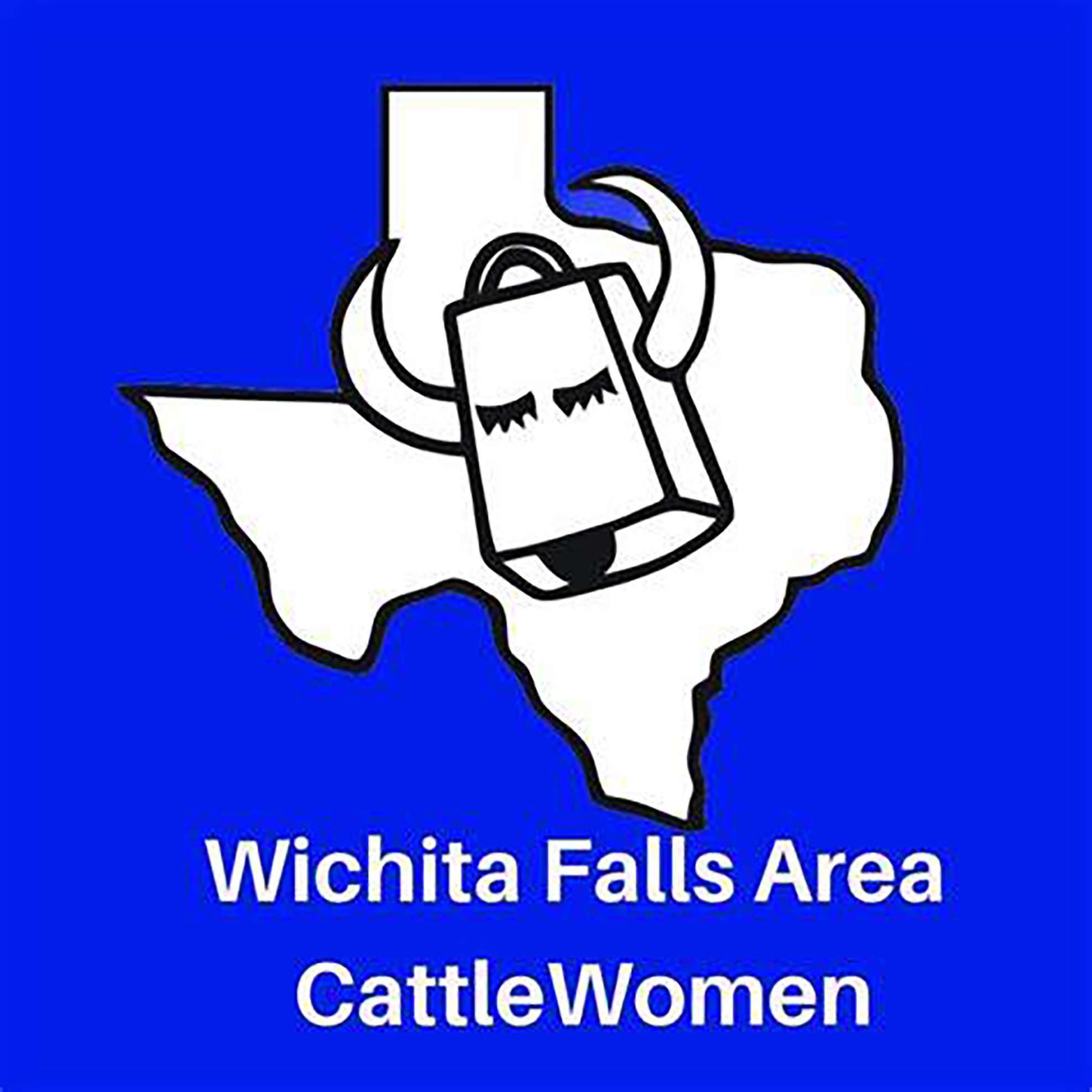
Having herds on a controlled breeding schedule means that we have a predictable calving schedule, and while it’s only over a couple of months, for us it does fall right after the start of the year. I lobby annually to call ours the “Winter calving season”, but I am outvoted and my husband still refers to it as Spring. Unlike producers in our Northern States, we don’t have to contend with brutally harsh winter weather, and on those rare times we do, thankfully it is not for extended periods. Regardless of whether you have a Spring or a Fall calving schedule, the health of a newborn calf begins with the mother’s health, and the mother’s health is largely dependent on the producer.
To read more, pick up a copy of the November edition of North Texas Farm & Ranch magazine, available digitally and in print. To subscribe by mail, call 940-872-5922.
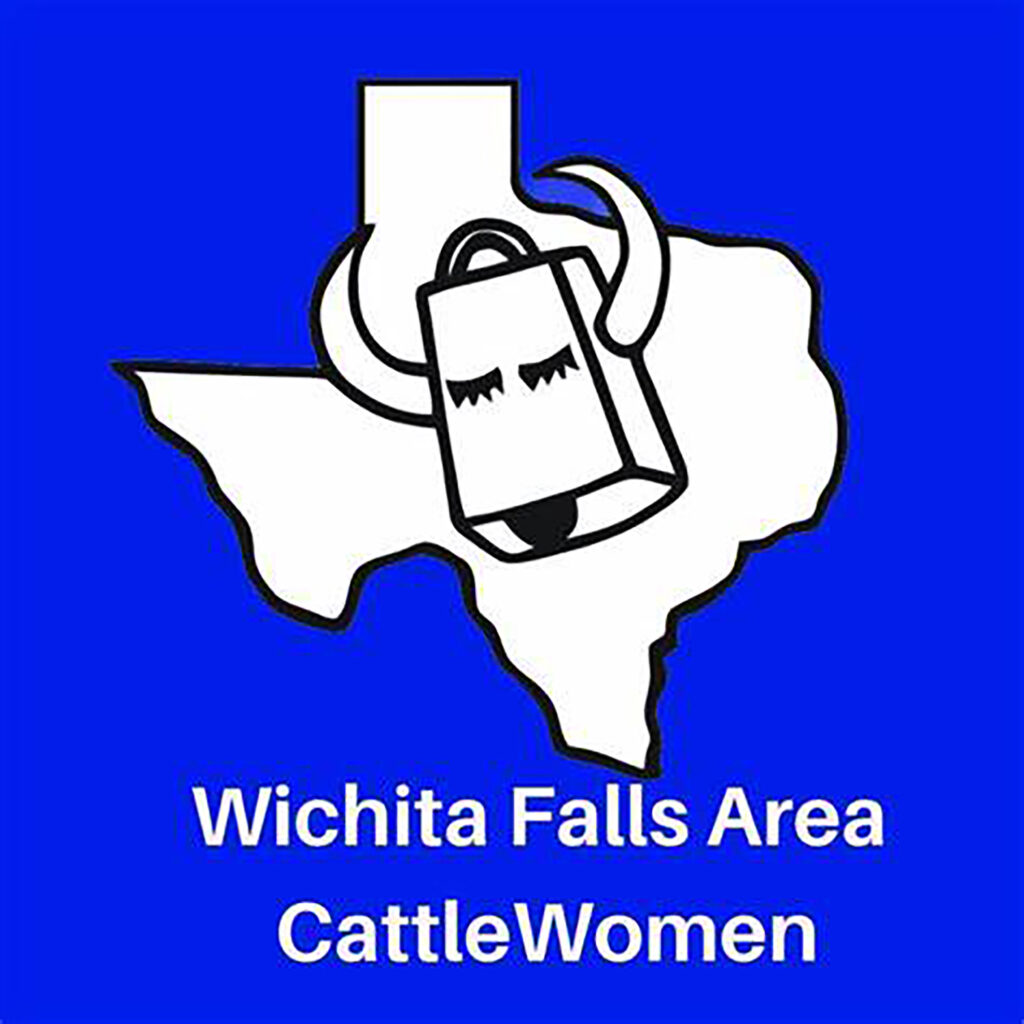
-

 Country Lifestyles2 years ago
Country Lifestyles2 years agoScott & Stacey Schumacher: A Growth Mindset
-

 Country Lifestyles8 years ago
Country Lifestyles8 years agoStyle Your Profile – What your style cowboy hat says about you and new trends in 2017
-

 HOME8 years ago
HOME8 years agoGrazing North Texas – Wilman Lovegrass
-

 Outdoor10 years ago
Outdoor10 years agoButtercup or Primrose?
-

 Country Lifestyles5 years ago
Country Lifestyles5 years agoAmber Crawford, Breakaway Roper
-

 Equine1 year ago
Equine1 year agoThe Will to Win
-

 Country Lifestyles9 years ago
Country Lifestyles9 years agoJune 2016 Profile – The man behind the mic: Bob Tallman
-

 Country Lifestyles8 years ago
Country Lifestyles8 years agoDecember 2016 Profile, Rusty Riddle – The Riddle Way

